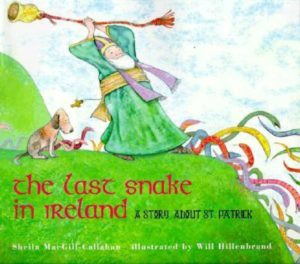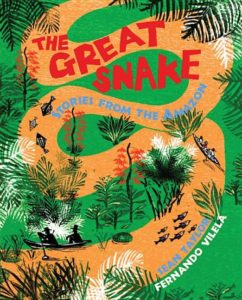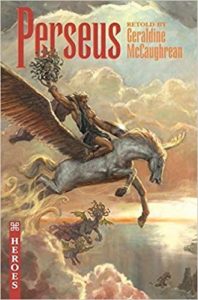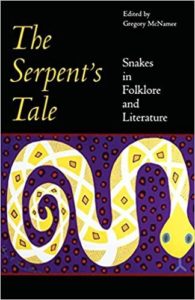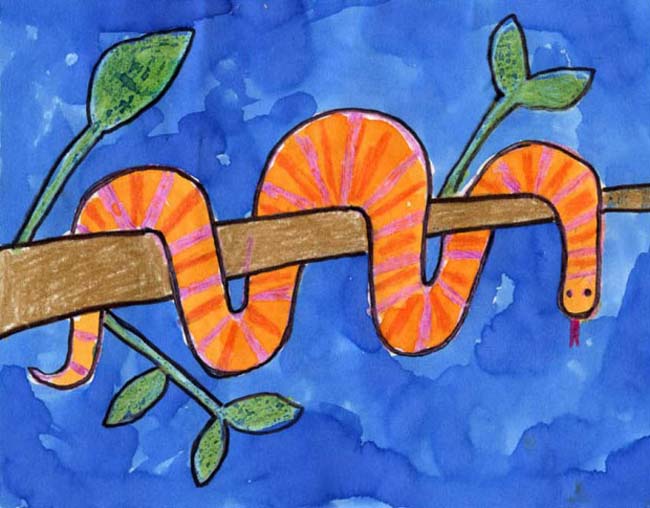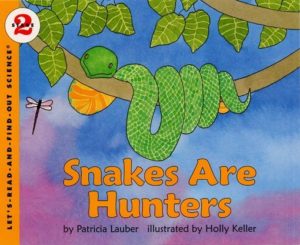 |
Patricia Lauber’s Snakes Are Hunters (HarperCollins, 2002) – one of the Let’s-Read-and-Find-Out Science series – is a nicely presented picture-book overview of the natural history of snakes, variously covering anatomy, senses, predators, food, and egg-laying. For ages 4-8. |
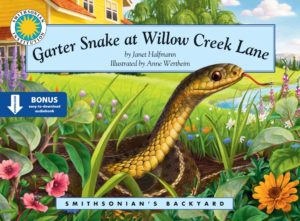 |
By Janet Halfman, Garter Snake at Willow Creek Lane (First Edition, 2011) – one of the Smithsonian’s Backyard series – is the story of a young garter snake, on her own since she was a two-day-old snakeling, learning how to survive and, as winter approaches, searching for a safe place to spend the coming cold months. For ages 4-8. |
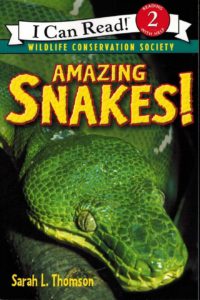 |
Sarah L. Thomson’s Amazing Snakes (HarperCollins, 2006) – one of the I Can Read series – is a nicely done introduction to snakes for beginning readers. (“There are more than 2000 different kinds of snakes. Some are shorter than a pencil. Some are almost as long as a school bus.”) For nonfiction lovers ages 5-7. |
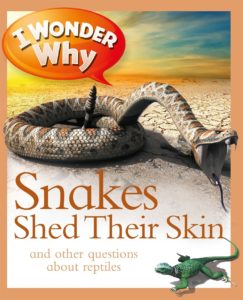 |
Amanda O’Neill’s I Wonder Why Snakes Shed Their Skin (Kingfisher, 2011) is an engaging overview of reptiles, organized in question-and-answer format for a great interactive read. Which is the biggest reptile? Which is the biggest snake? Why do snakes stare? Illustrated with color photos and cartoons. For ages 5-9. |
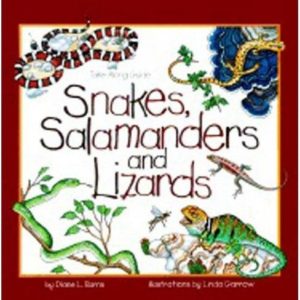 |
By Diane Burns, Snakes, Salamanders, and Lizards (Cooper Square Publishing, 1995) is one of the Take Along Guides, with background information, identification helps, note pages, and three simple craft projects (make a dried-bean picture of a snake, for example). For ages 6-9. |
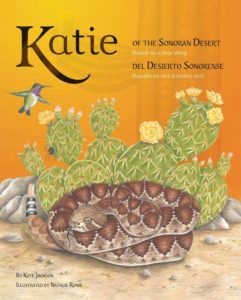 |
In Kate Jackson’s Katie of the Sonoran Desert (Arizona-Sonoran Desert Museum Press, 2009), Katie is a diamondback rattlesnake. Told from the point of view of Katie as she hunts for food, fights predators, and protects her young, this is a good introduction to snake science for ages 7 and up. In both English and Spanish. |
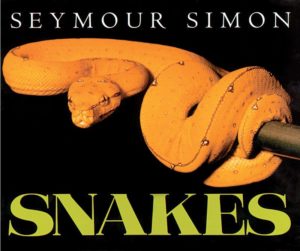 |
Seymour Simon’s 32-page Snakes (HarperCollins, 2007), illustrated with terrific color photographs, is an excellent introduction to snake anatomy, behavior, and taxonomy for ages 8-12. |
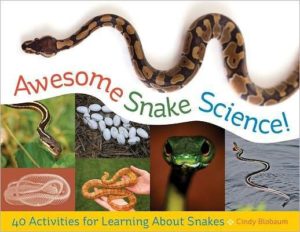 |
Cindy Blobaum’s Awesome Snake Science (Chicago Review Press, 2012) is packed with information, photos, diagrams, and “40 Activities for Learning About Snakes.” Subsections include Snake Study, Body Basics, Awesome Adaptations, Super Senses, On the Offense (make virtual viper venom), and Definitely Defense (make a color-changing snake). A great resource for ages 9-12. |
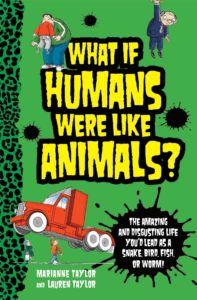 |
By Marianne Taylor, What If Humans Were Like Animals? (Readers Digest, 2013), in icky science mode, details “The Amazing and Disgusting Life You’d Lead as a Snake, Bird, Fish or Worm.” For ages 9-12. |
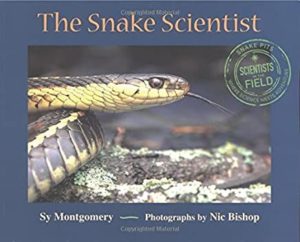 |
By Sy Montgomery with photographer Nic Bishop, The Snake Scientist (Houghton Mifflin Harcourt, 2001) – one of the Scientists in the Field series – follows the research of herpetologist Robert Mason on the red-sided garter snake. Find out what snake scientists do. For ages 10 and up. |
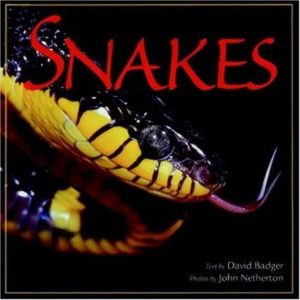 |
David Badger’s 144-page Snakes (Crestline Books, 2011) has information on the history of humans and snakes, nonfiction accounts of various aspects of snake biology, and over 100 spectacular color photographs of snakes. For snake-lovers of all ages. |
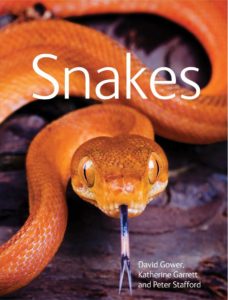 |
Also see the similarly authoritative Snakes (Firefly Books, 2012) by David Gower, Katherine Garrett, and Peter Stafford. |
| |
From the California Academy of Science, Snakes and Lizards: Structure and Function is a hands-on activity in which kids measure and research a range of snakes and lizards. Find out what a squamate is. For ages 8-12. |
| |
From the Smithsonian, read about the 40-foot-long Titanboa, the largest snake ever. |
|
Read all about the biggest living snake, the Giant Anaconda. |
| |
How Snakes Work covers snake anatomy and senses, growth, movement, digestion, and sex. Plus a note on flying snakes. |
| |
Scientists believe that snakes probably evolved from a lizard. Find out about it at How Snakes Lost Their Legs. |
|
Learn about the animals at the National Zoo’s Reptile Discovery Center. |
| |
The Snake Conservation Center hosts an annual citizen science project called the Snake Count. Help map and track snake distributions across North America. |
